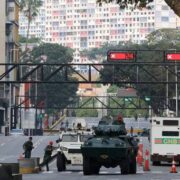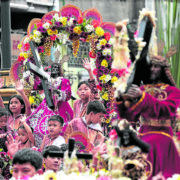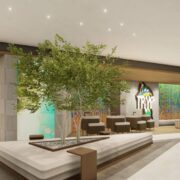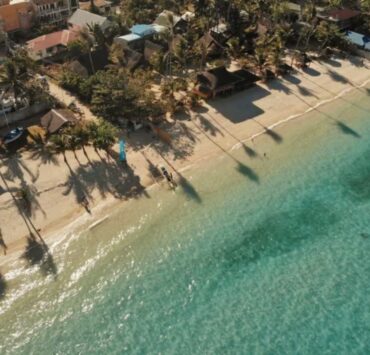San Jose del Monte: A city on the rise
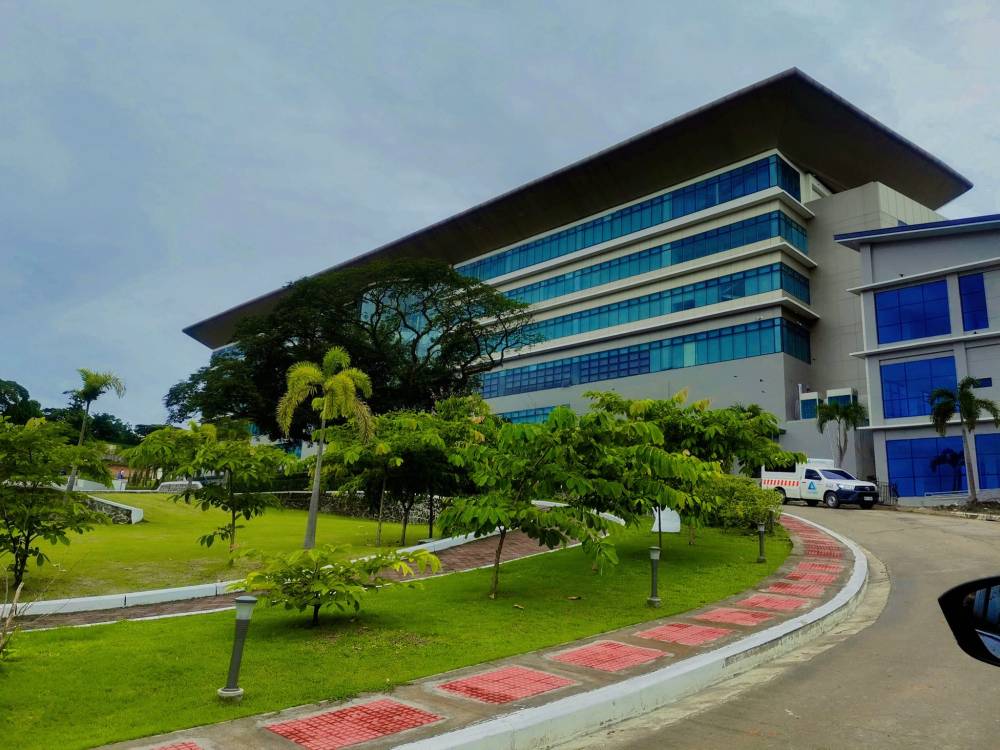
Bulacan is one dynamic province that contributes to the growth of Central Luzon and the country. And at the forefront of its rapid urbanization is its first city, San Jose del Monte (SJDM).
Largest city in Bulacan
SJDM, the largest city in Bulacan in terms of land area and population, achieved its cityhood on Sept. 10, 2000 by virtue of Republic Act No. 8797. At present, it is politically subdivided into 62 barangays and has a population of 651,813 as of the 2020 Census of the Philippine Statistics Authority.
The economic growth of SJDM had been steadily improving since it was converted into a component city of the province. Data showed that the city had a net income of P141 million in 2022. Now categorized as a first class city, it is also home to basic facilities important for the well-being of its residents.
At present, the city has 135 hospitals and other health clinics. The city also has 21 supermarkets and commercial centers; two public markets in addition to numerous private markets; two public tertiary schools and 12 private tertiary schools; 40 vocational or training centers; nine malls or department stores; 115 hotels, pension houses and apartelles; and 42 resorts and swimming pools.
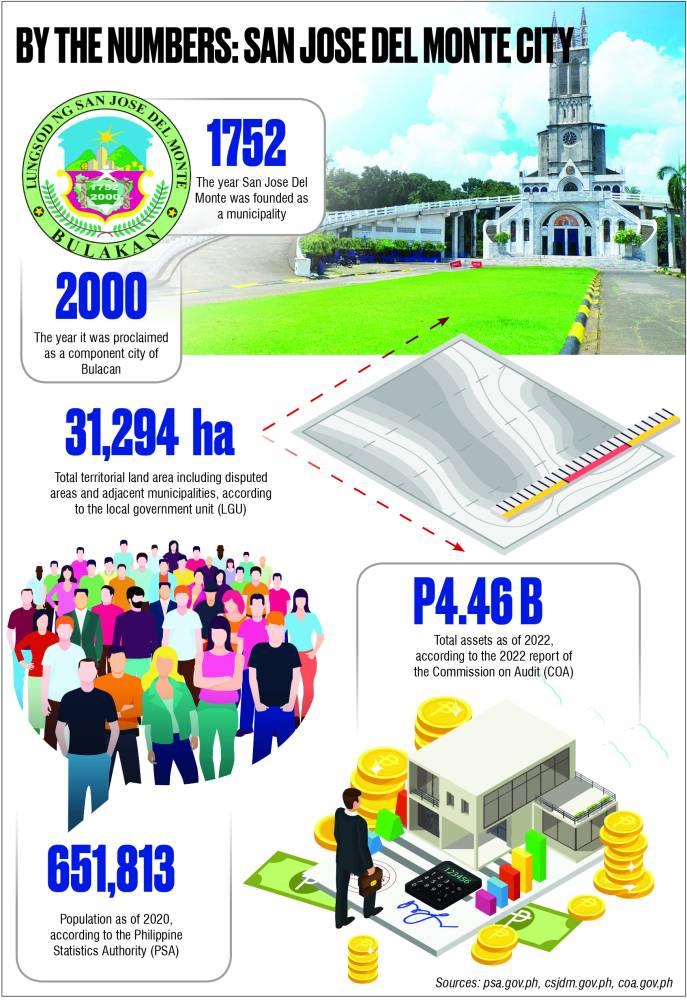
Business possibilities
The booming population and increased foot traffic in the city have attracted diverse investment and business possibilities for SJDM.
Among the major industries here include marble production, feed mills, manufacturing, construction, and food processing. Most of the city’s economic activities are also focused on agri-business manufacturing, wholesale, and retail trading.
The commercial districts, scattered in several parts of the city, are meanwhile home to banks, financial establishments, shopping centers, supermarkets, pharmacies and small businesses. According to the official website of the city there were 1,552 new business permits and 6,224 business renewals issued in the city in 2023.
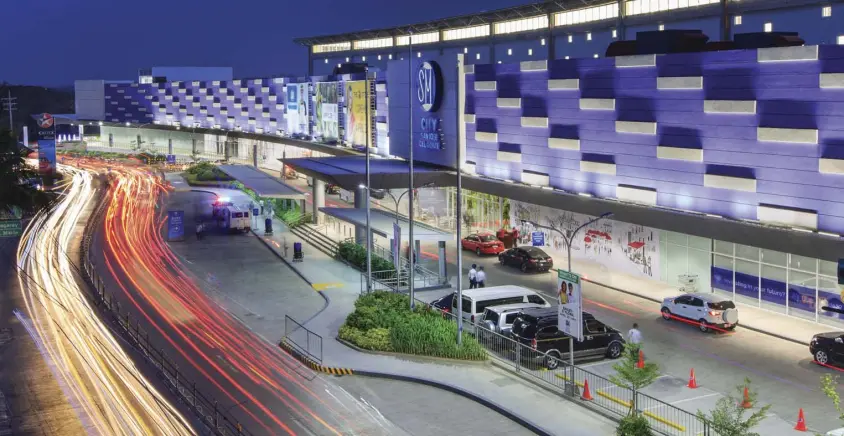
Strong advantage
A strong advantage of SJDM is its location and accessibility. This inland city is approximately 42 kilometers away from Manila.
Located northeast of Metro Manila, the city is bordered by the Bulacan municipalities of Marilao and Santa Maria on the west, and Norzagaray on the north. It is accessible to Quezon City, Caloocan City, and neighboring Bulacan towns through the Quirino Highway and the Marilao-San Jose del Monte Road. The city can also be reached from Santa Maria on its west via the Santa Maria-Tungkong Mangga Provincial Road, which links it to the North Luzon Expressway (NLEx).
The city website said that three national roads, four provincial roads, 402 city roads, and 15 bridges make SJDM accessible. With ongoing infrastructure improvements benefiting the city, SJDM became easy to reach—making it an attractive option for people looking for a place that is not as busy as the metro but close enough to job opportunities in the capital region.
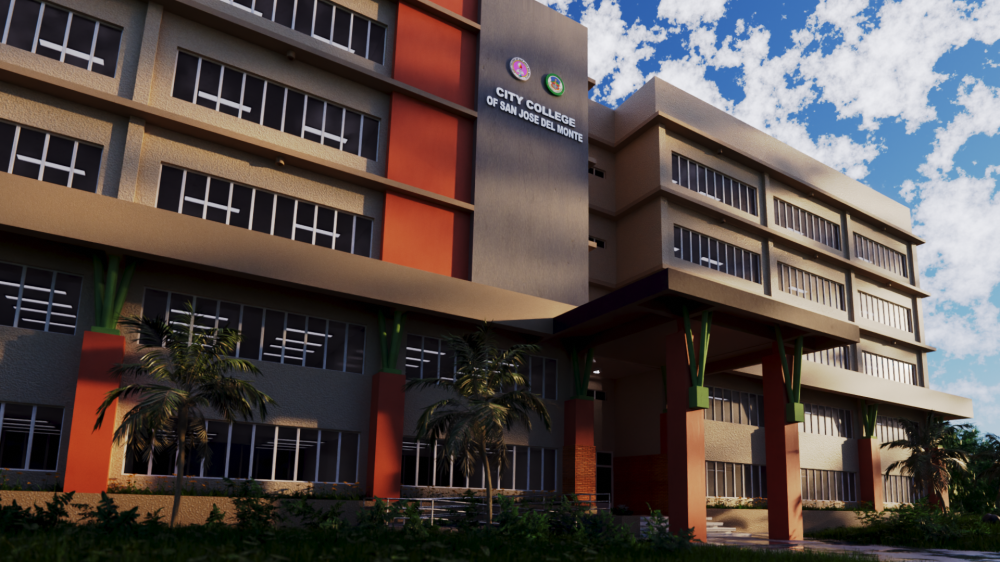
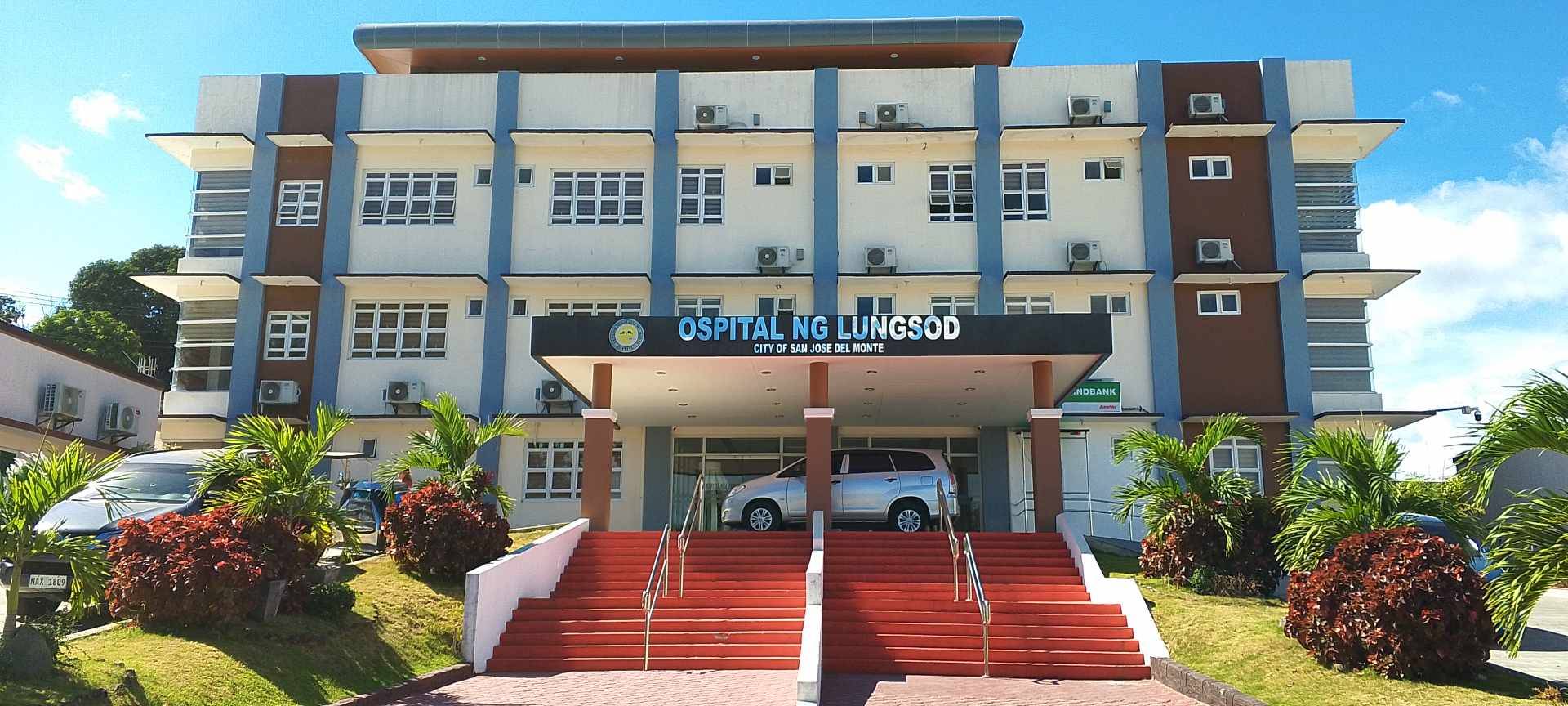
Upcoming infrastructure
There is more to look forward to in SJDM as more infrastructure and private developments rise within the city.
One of these is the upcoming Metro Rail Transit (MRT) Line 7. Once completed, it will connect SJDM to North Avenue in Quezon City. This transit line will greatly reduce travel time between the two endpoints to 35 minutes from the current three hours.
The main depot of MRT-7 will be located within the Altaraza development of Ayala Land. This 105-hectare development was noted as the first mixed-use estate in SJDM. Community malls pioneer WalterMart also partnered with Ayala Land to build a shopping center within Altaraza.
Rockwell Land Corp. earlier announced that it is set to build a 110-ha development in SJDM as well.
Sources: Inquirer Archives, csjdm.gov.ph, Philippine News Agency, Commission on Audit



